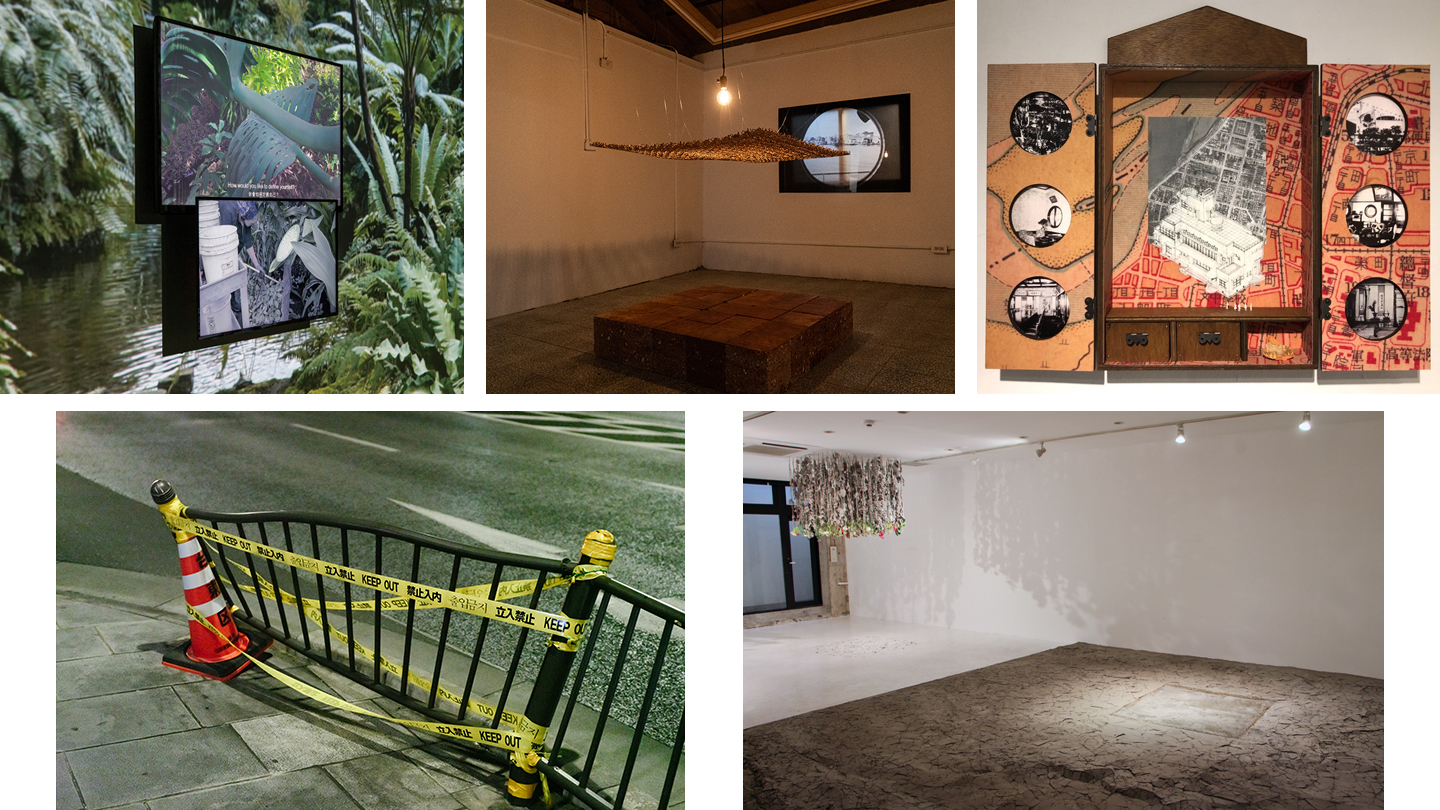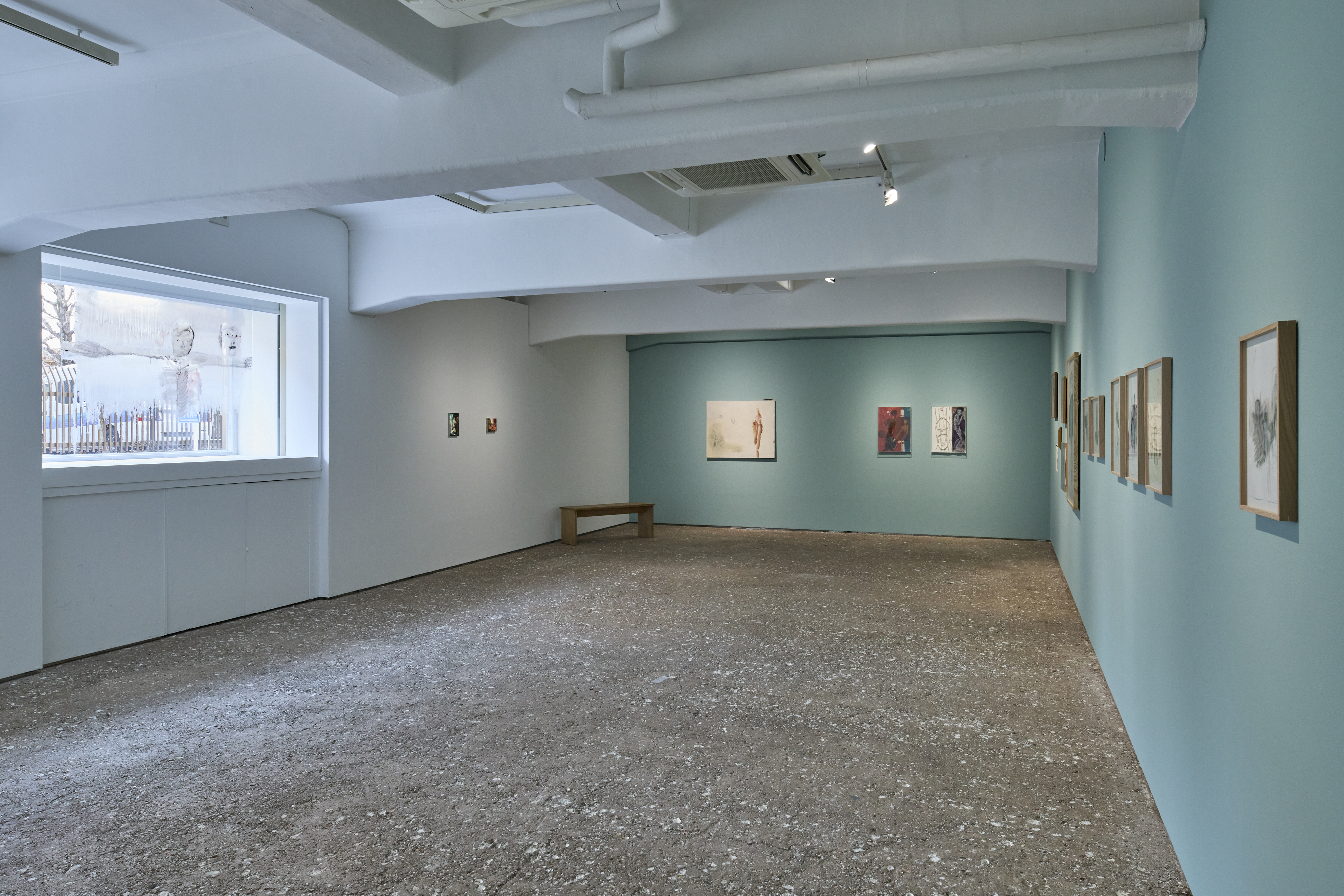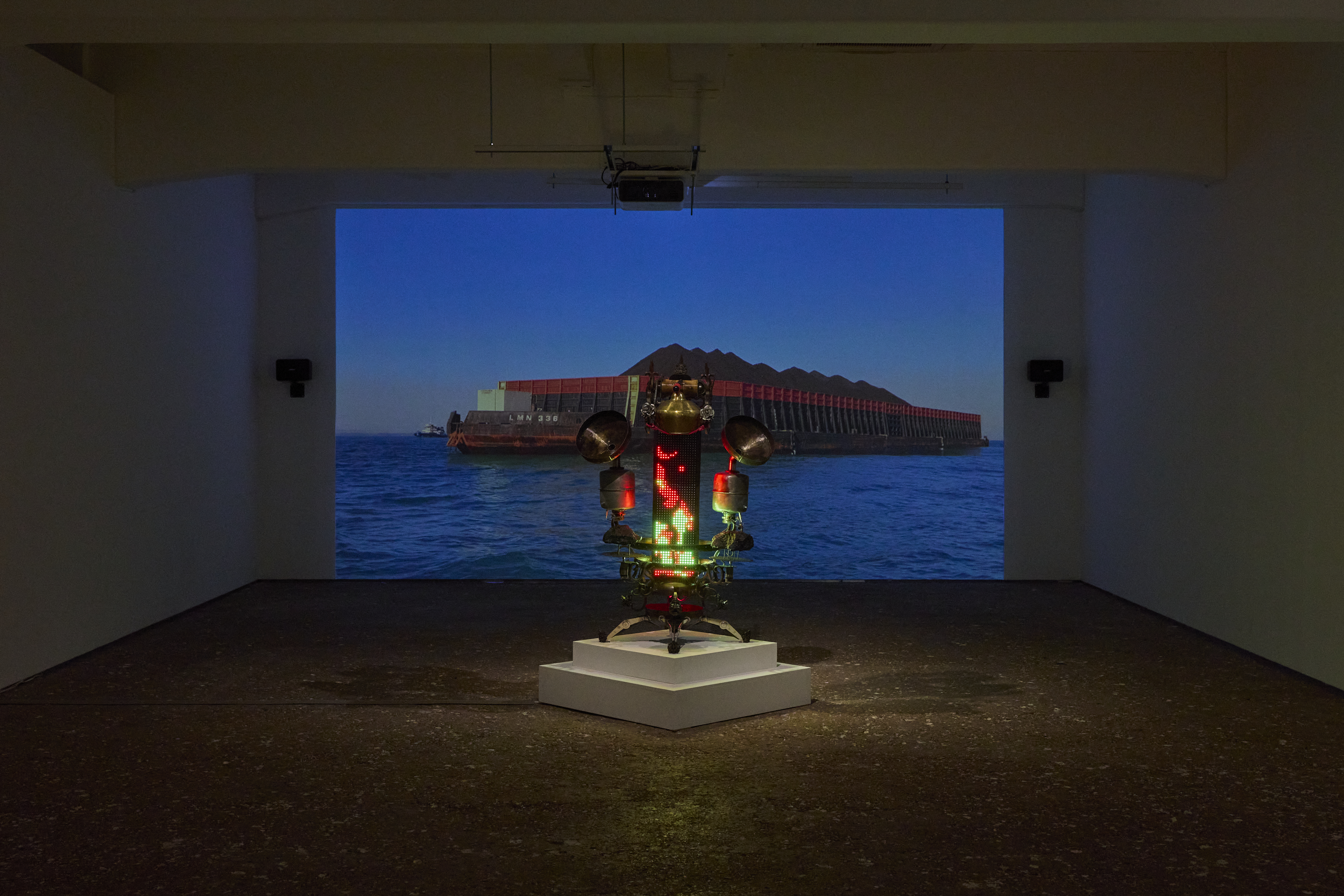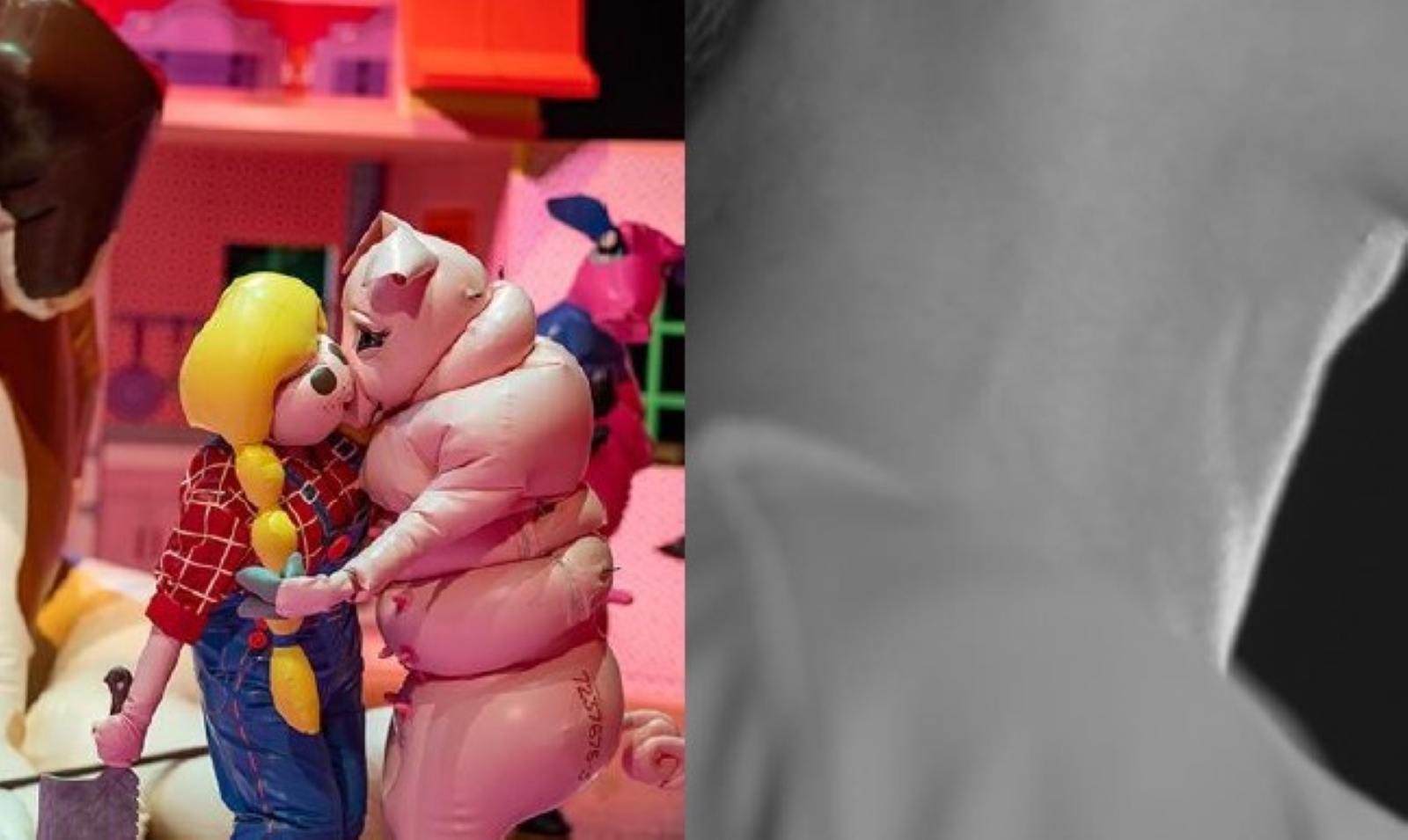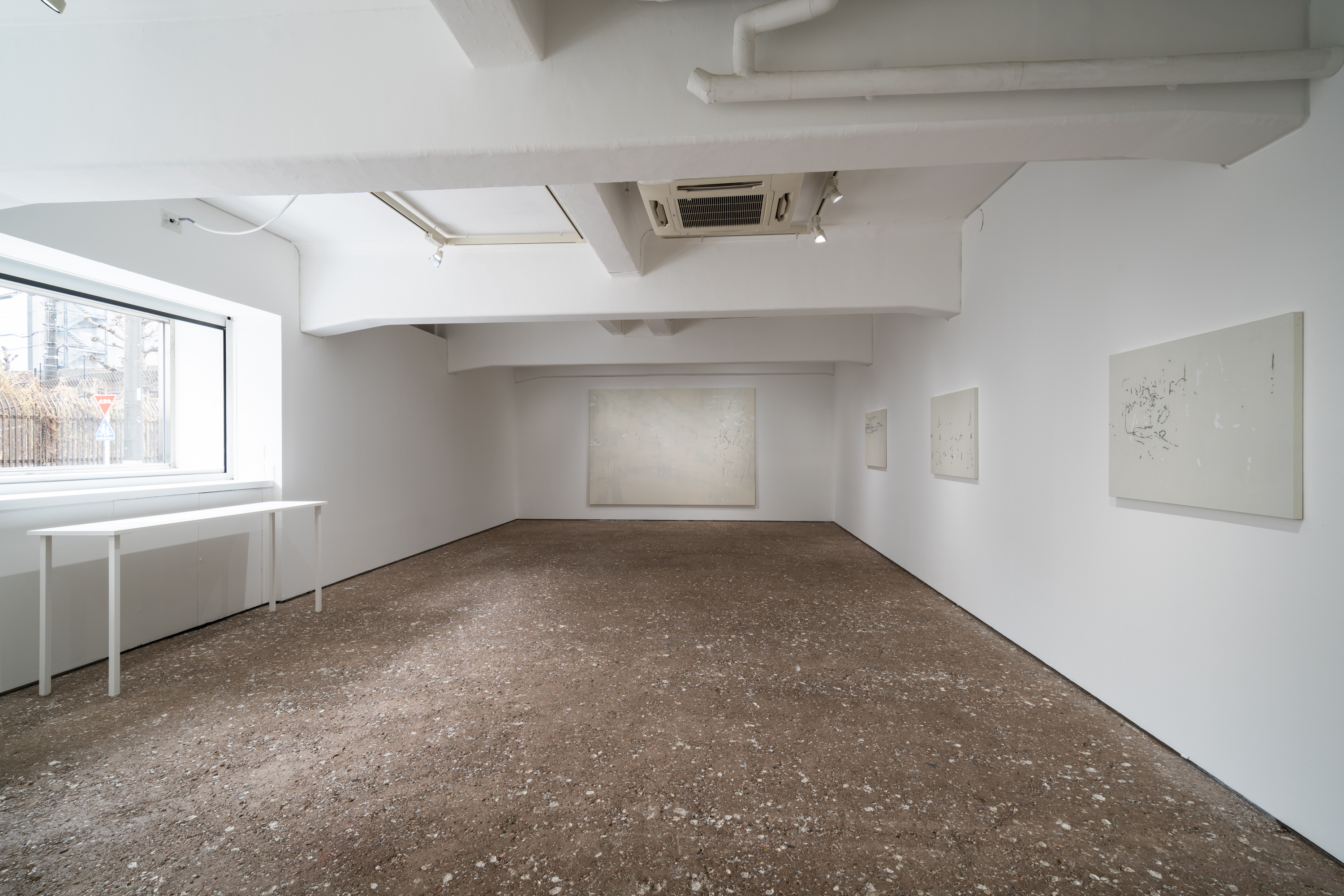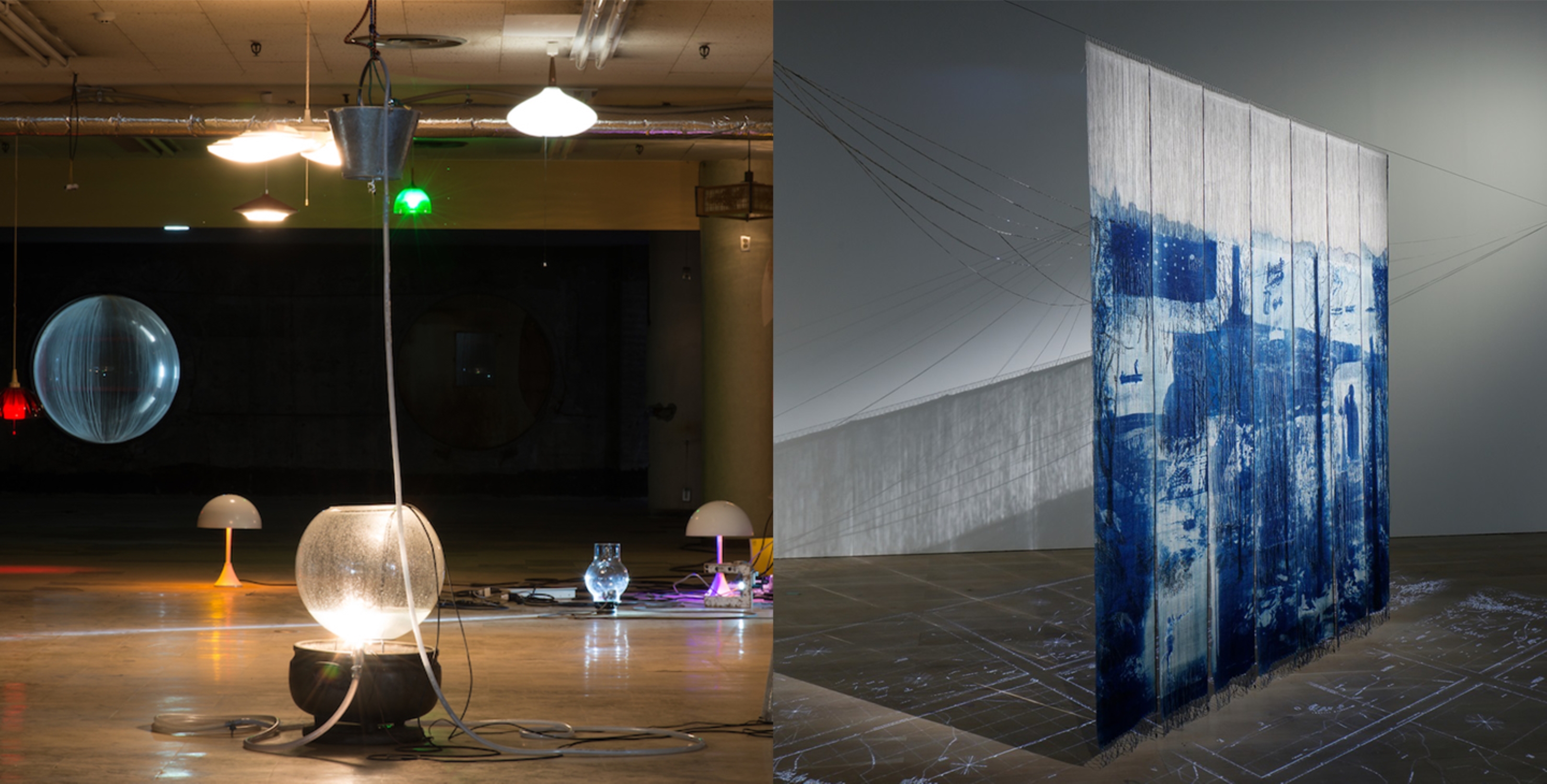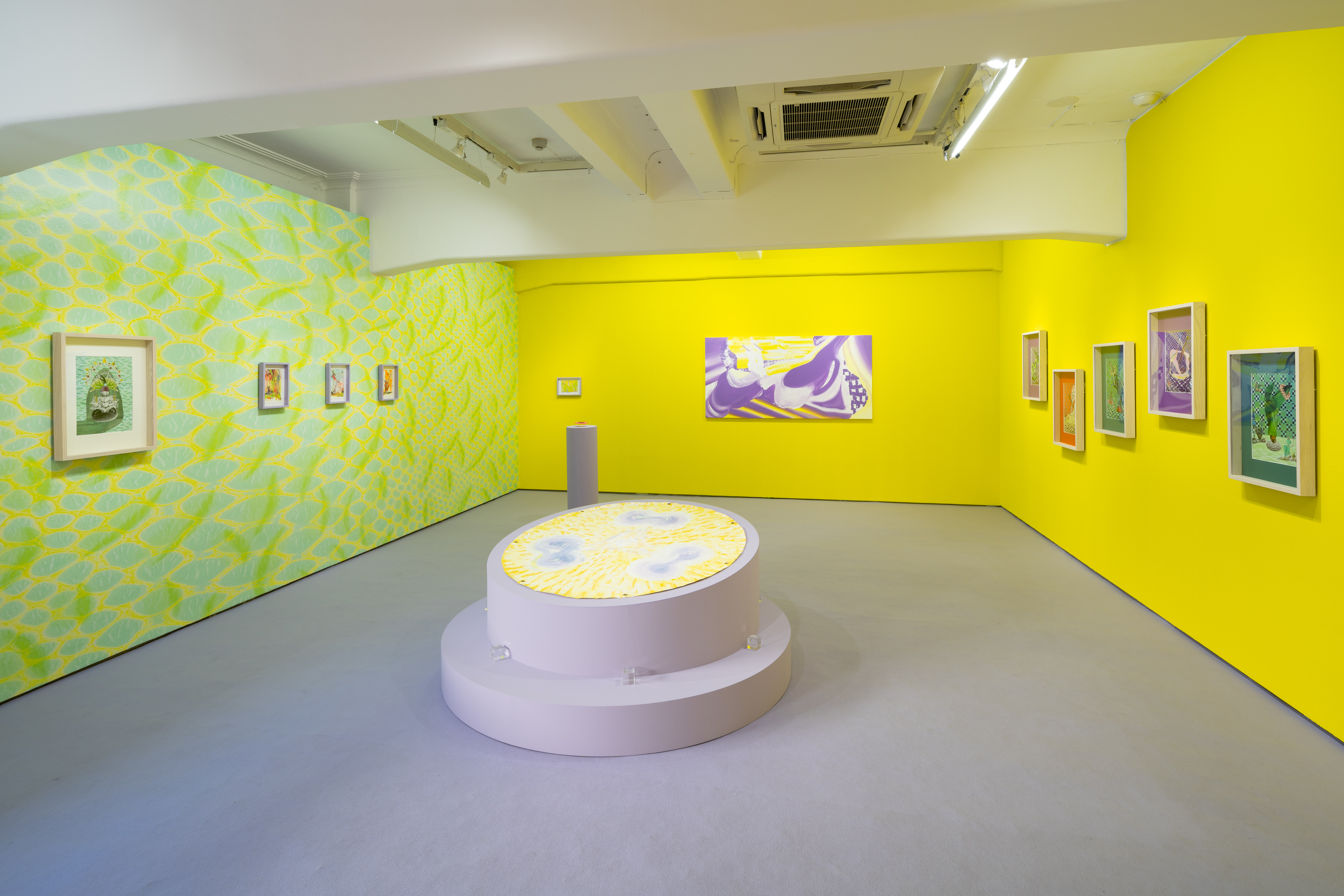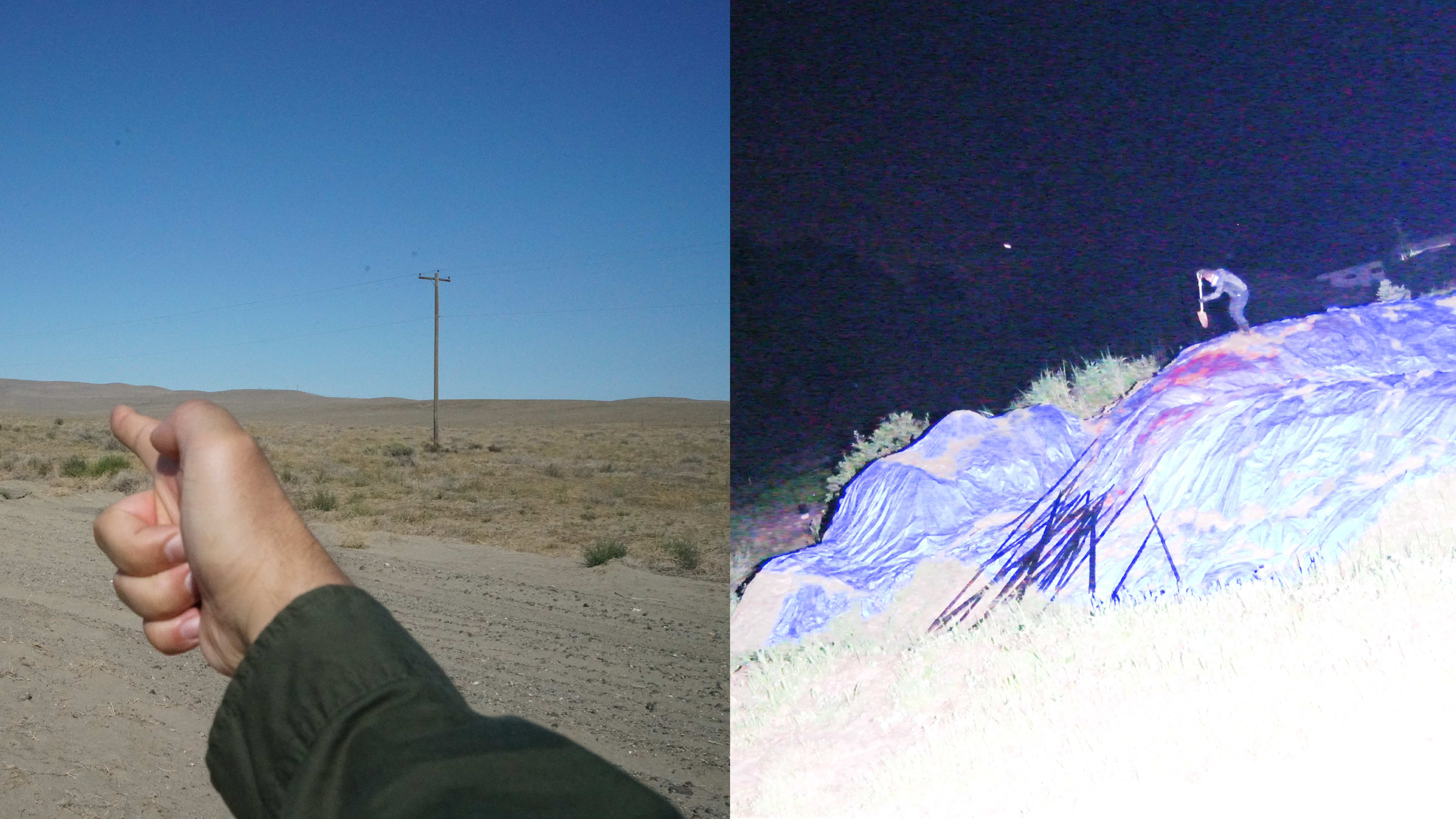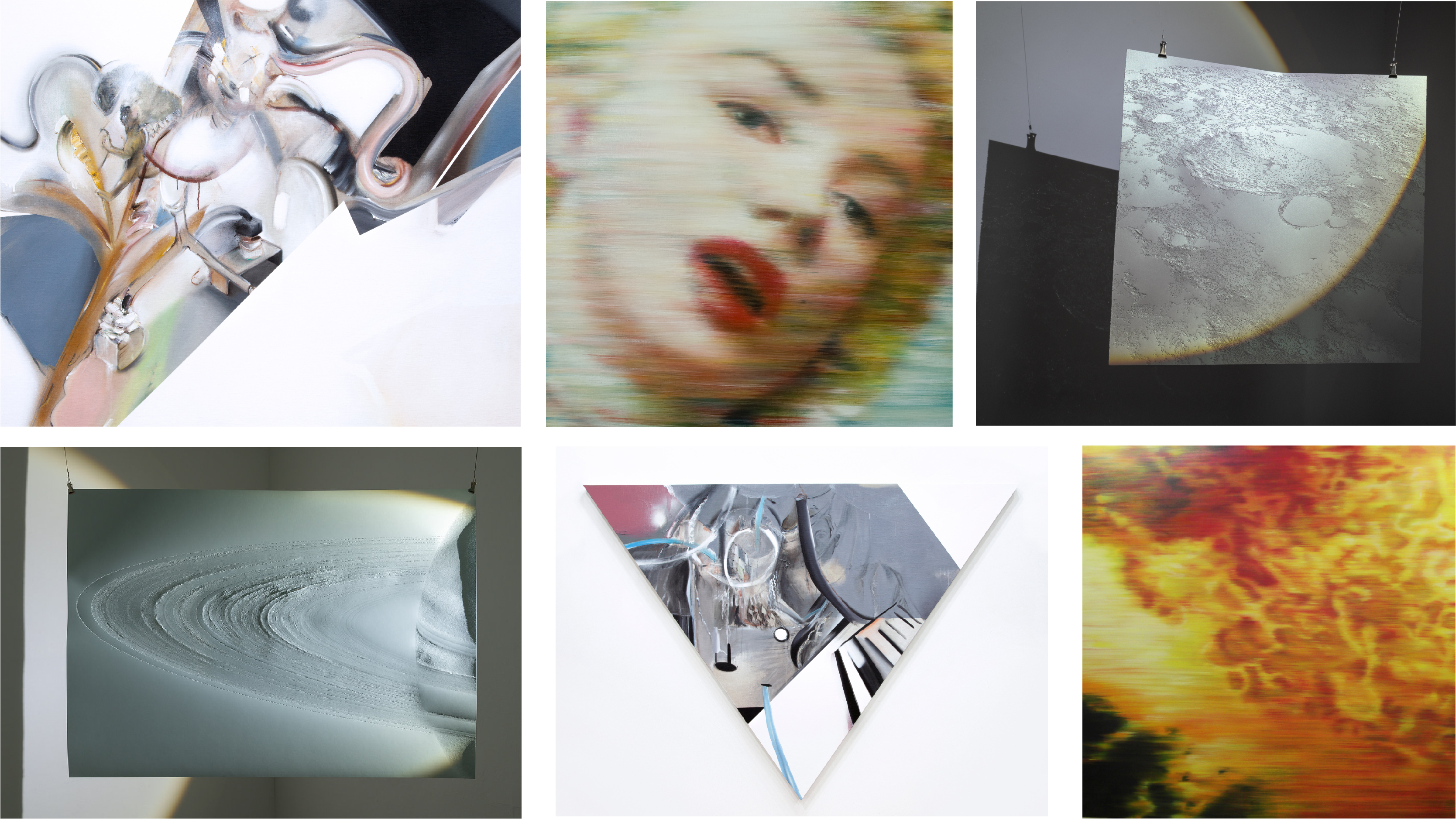TOKAS Project Vol. 5
August 27–October 10, 2022
Tokyo 113-0033
Japan
Ever since it first opened in 2001, Tokyo Arts and Space (TOKAS) has continued to collaborate with international artists, curators, arts centers, and cultural organizations to produce exhibitions and pioneer related programs. TOKAS Project, which began in 2018, aims to shine a contemplative light on the arts, society, and various other themes from a multicultural perspective.
TOKAS and Taipei Artist Village (TAV) have been operating a two-way residency program that invites and sends creators to and from Japan and Taiwan since 2007, and this year marks the program’s 15th anniversary. As of this year a total of 29 artists have participated in the program, producing works in both Japan and Taiwan.
The Japanese word himotoku (lit. “to unravel”) can signify opening and reading a book, and connects to the process of coming into contact with knowledge through printed matter, looking back on history, and revealing truths. The word also represents an image of a bud opening and bursting into bloom. The five artists featured in this exhibition spent time in Tokyo and Taipei reflecting on regional history, meeting people, and discovering new aspects of the city where they stayed. Connecting these encounters to the production of art has been a process of evolution toward new creative horizons and the disentanglement of a complex world, like a tightly closed bud beginning to open.
We sincerely hope that this collaboration between TOKAS and TAV, which is celebrating its 15th anniversary, will continue to bring about the blooming of many flowers in the future.
Artists
Lu Chih-Yun: She expands on the works she presented in 2014 incorporating cement, sponges, and artificial flowers. When viewers enter the exhibition space and walk over the installation, which appears hard-textured, the sensation of sinking and the cracking of the surface will transform their perceptions.
Hashimoto Jin and Chou Wuhan: Hashimoto completed a residency in Taipei in 2019, was researching his forebears born and raised in Taiwan and the Japanese colonial-era building “Takahashi Residence” where his grandmother lived. Then he met Chou, who was researching architecture and history of the same period. Here, works by these two artists are presented on the same floor, with each examining the same place from their own vantage point so as to approach a multilayered perspective on history.
Chen I-Hsuen: He happened to arrive in Tokyo and explore the city on the eve of the spread of COVID-19. As the pandemic gradually took hold of the world, the Tokyo captured in his photographs Soft Quarantine was sparsely populated, and objects placed in the urban landscape reflected the state of “self-isolation” caused by the virus.
Sera Yu Wen Chen: She presents a video installation on the theme of unstable relationship between the human and the environmental, and the social, conceived while conducting research on the background of making Japanese gardens, trees and plants on street and private gardens.
Organizer: Tokyo Arts and Space, Museum of Contemporary Art Tokyo, Tokyo Metropolitan Foundation for History and Culture
Cooperation: Taipei Artist Village
Support: Taipei Economic and Cultural Representative Office in Japan

